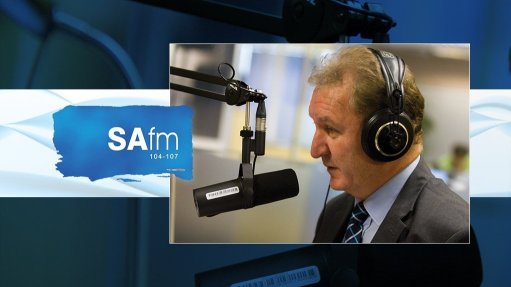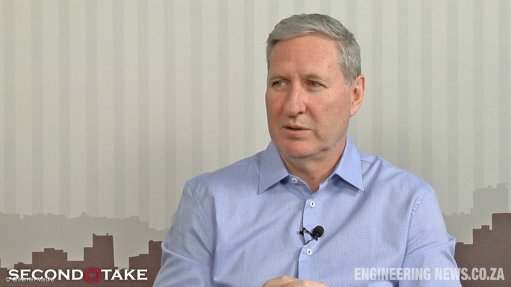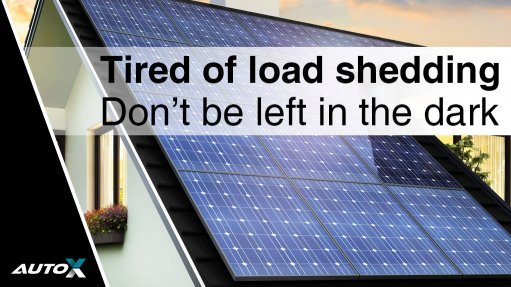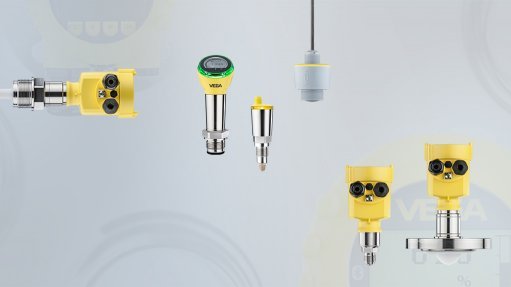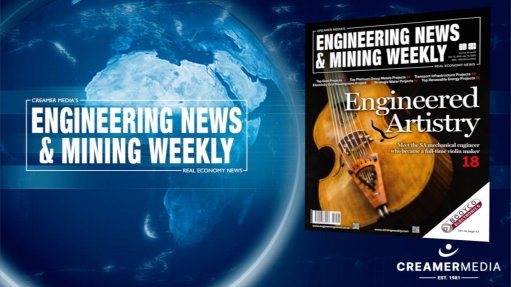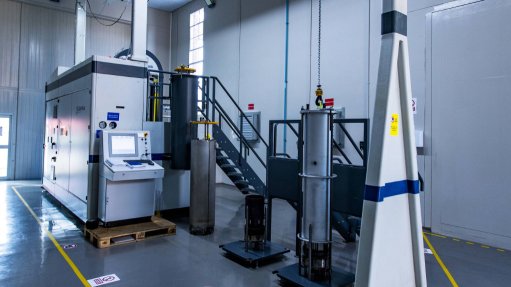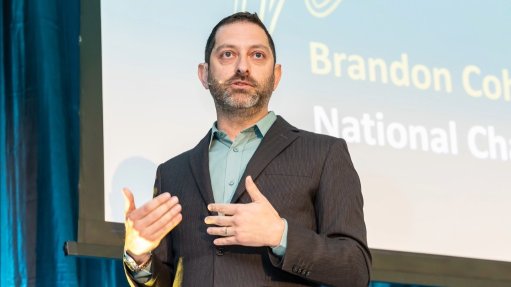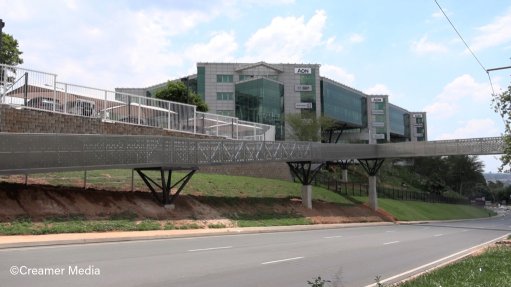Association highlights stagnation of localisation levels

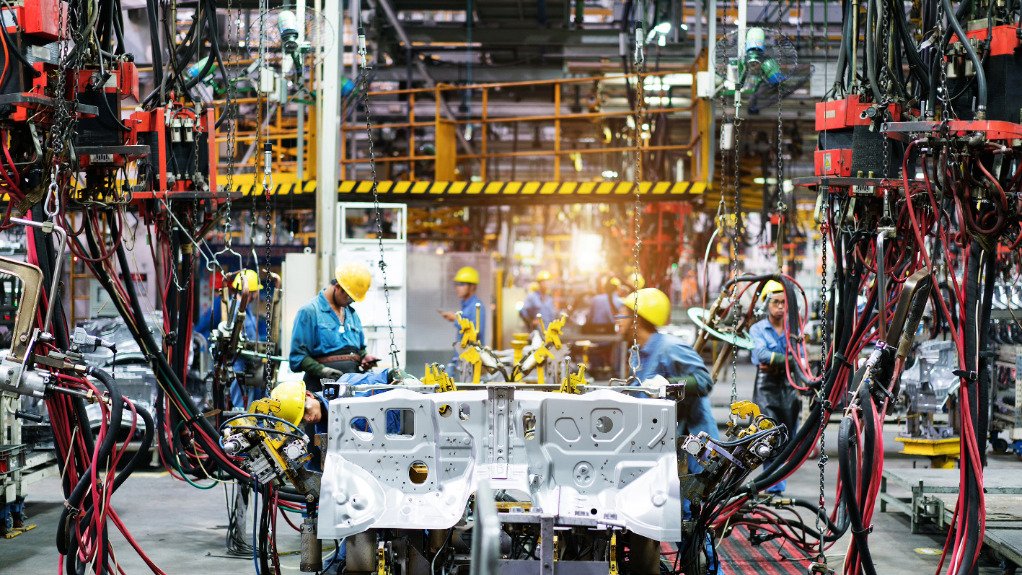

INCREASING SECTOR COMPETITIVENESS Infrastructure development and component localisation remain crucial in driving the growth agenda of the automotive sector
BETH DEALTRY NAACAM remains unequivocal in its view that job creation and value addition largely come from supporting upstream activities in this sector, through the localisation of components and raw materials
Faced with many domestic and global obstacles over the past five years, the automotive sector is tracking behind the growth targets it set out to achieve when South Africa’s Automotive Industry Master Plan to 2035 was launched.
Despite production levels reaching pre-Covid levels, growth in localisation remains stagnant, says industry organisation the National Association of Automotive Component and Allied Manufacturers (NAACAM) policy and regulatory head Beth Dealtry.
Nonetheless, she notes that the component sector continues to attract investment, which is critical, given the need to recapitalise the industry to place it on a growth-driven trajectory that creates more value addition for the country’s economy.
Reflecting on the key performance trends in the automotive components sector, Dealtry states that the announced – and recently deferred – closure of steel producer ArcelorMittal South Africa’s long-steel business is a concerning outcome for the country’s raw materials processing base.
“Steel is a key competitive input material for the automotive sector, and it is one that has strengthened the case for automotive component production in South Africa, so [potentially] losing it is a significant concern. Without developing a suitable domestic alternative for auto-grade steel, it will result in more importing – either of long steel or the more significant risk of entire component systems that could be delocalised, owing to the closure.”
This weakens the case for domestic and export production in South Africa, which then begs the question of what is being done to ensure that competitiveness is maintained in other raw material inputs, she adds.
NAACAM remains unequivocal in its view that job creation and value addition largely come from supporting upstream activities in this sector, through the localisation of components and raw materials.
While the association explains that the framework of the Automotive Production Development Programme (APDP) is a good base to maintain vehicle assembly, a recalibration of the mechanism may be needed to prevent excess duty credits being generated, which results in limiting the incentive for localisation and eroding the domestic market. This reduces demand for domestically manufactured vehicles and components.
“We have been vocal in saying that we need to look at bottom-up competitiveness and support, and this does not just sit in the components sector but also includes locally beneficiated materials. This could be achieved through incentivisation and increased recognition of . . . these inputs in APDP localisation incentives compared to assembly credits,” Dealtry highlights.
Export Opportunities, Challenges and Trade
Dealtry says that a renewed approach is required to maximise export opportunities.
This includes creating awareness among component manufacturers of export opportunities and how to access them. Original-equipment manufacturers are also well placed to facilitate this link into sister plants globally to create a larger pool of export opportunities within the sector, she adds.
The organisation outlines that South Africa, and the rest of sub-Saharan Africa, have many of the critical raw materials and capabilities required to produce some high-value electric vehicle components, including high- voltage wiring harnesses and thermal management systems, and opportunities are ripe for the country and continent to become key players in this space.
The ongoing inefficiencies of the ports, particularly the Port of Durban, in KwaZulu-Natal, reduces the cost competitiveness of the sector and negatively impacts on investor confidence.
However, NAACAM notes that the port situation has shown improvement. It also notes that the factors required to galvanise global investor confidence in the country’s automotive components industry include energy sustainability and stability, infrastructure development and ongoing policy support.
Elaborating on the impact of the potential loss of opportunities and access to the US market through the African Growth and Opportunity Act, NAACAM says there will likely be some level of disintegration of regional value chains, coupled with the potential loss of employment and skills.
It notes that the automotive components industry’s competitiveness is built on scale economies and, if the sector loses part of that volume, it could have adverse ramifications on sector long-term sustainability.
Overall, the need to improve on existing operational infrastructure within the automotive sector remains, while component localisation is still central to any efforts to grow the sector’s contribution to the economy.
Article Enquiry
Email Article
Save Article
Feedback
To advertise email advertising@creamermedia.co.za or click here
Comments
Press Office
Announcements
What's On
Subscribe to improve your user experience...
Option 1 (equivalent of R125 a month):
Receive a weekly copy of Creamer Media's Engineering News & Mining Weekly magazine
(print copy for those in South Africa and e-magazine for those outside of South Africa)
Receive daily email newsletters
Access to full search results
Access archive of magazine back copies
Access to Projects in Progress
Access to ONE Research Report of your choice in PDF format
Option 2 (equivalent of R375 a month):
All benefits from Option 1
PLUS
Access to Creamer Media's Research Channel Africa for ALL Research Reports, in PDF format, on various industrial and mining sectors
including Electricity; Water; Energy Transition; Hydrogen; Roads, Rail and Ports; Coal; Gold; Platinum; Battery Metals; etc.
Already a subscriber?
Forgotten your password?
Receive weekly copy of Creamer Media's Engineering News & Mining Weekly magazine (print copy for those in South Africa and e-magazine for those outside of South Africa)
➕
Recieve daily email newsletters
➕
Access to full search results
➕
Access archive of magazine back copies
➕
Access to Projects in Progress
➕
Access to ONE Research Report of your choice in PDF format
RESEARCH CHANNEL AFRICA
R4500 (equivalent of R375 a month)
SUBSCRIBEAll benefits from Option 1
➕
Access to Creamer Media's Research Channel Africa for ALL Research Reports on various industrial and mining sectors, in PDF format, including on:
Electricity
➕
Water
➕
Energy Transition
➕
Hydrogen
➕
Roads, Rail and Ports
➕
Coal
➕
Gold
➕
Platinum
➕
Battery Metals
➕
etc.
Receive all benefits from Option 1 or Option 2 delivered to numerous people at your company
➕
Multiple User names and Passwords for simultaneous log-ins
➕
Intranet integration access to all in your organisation








